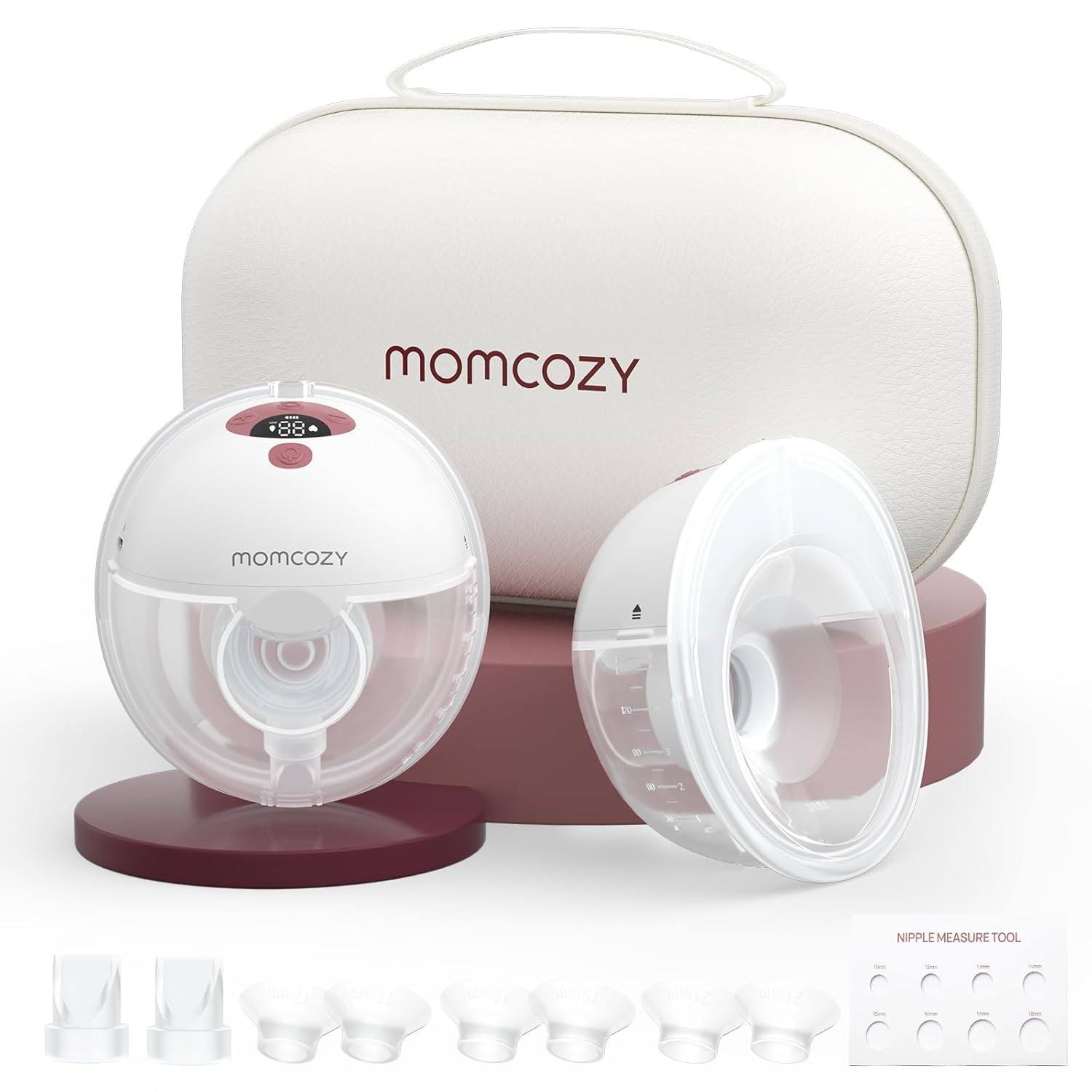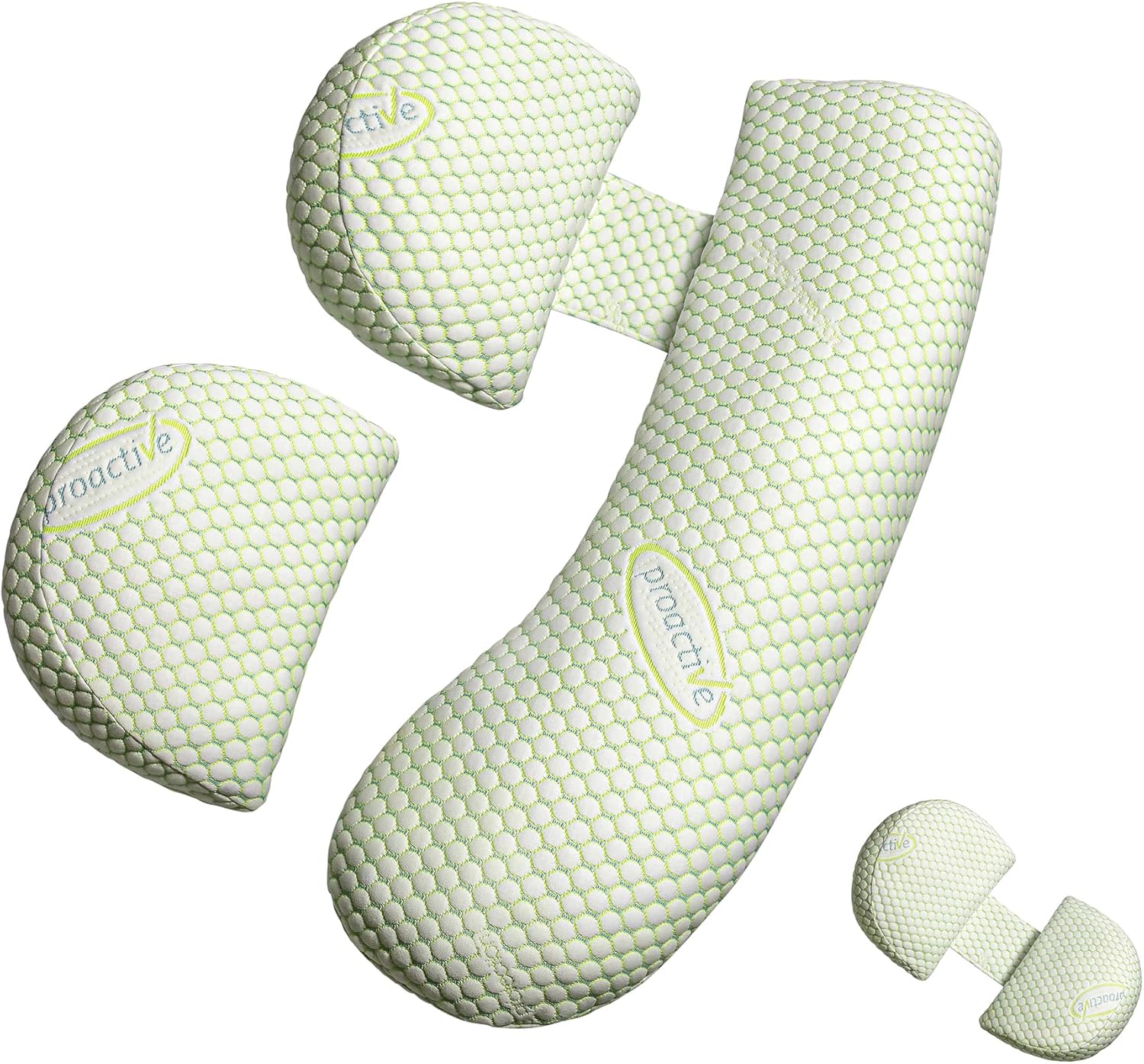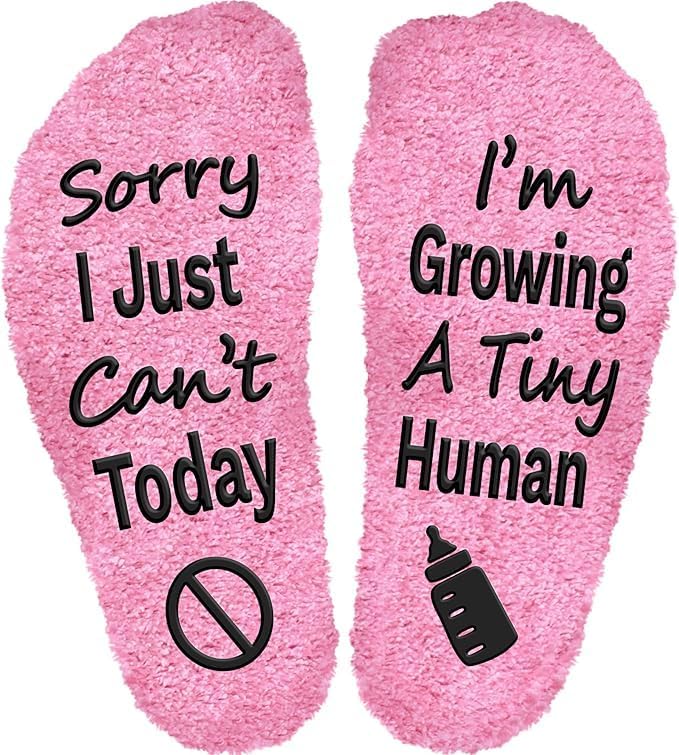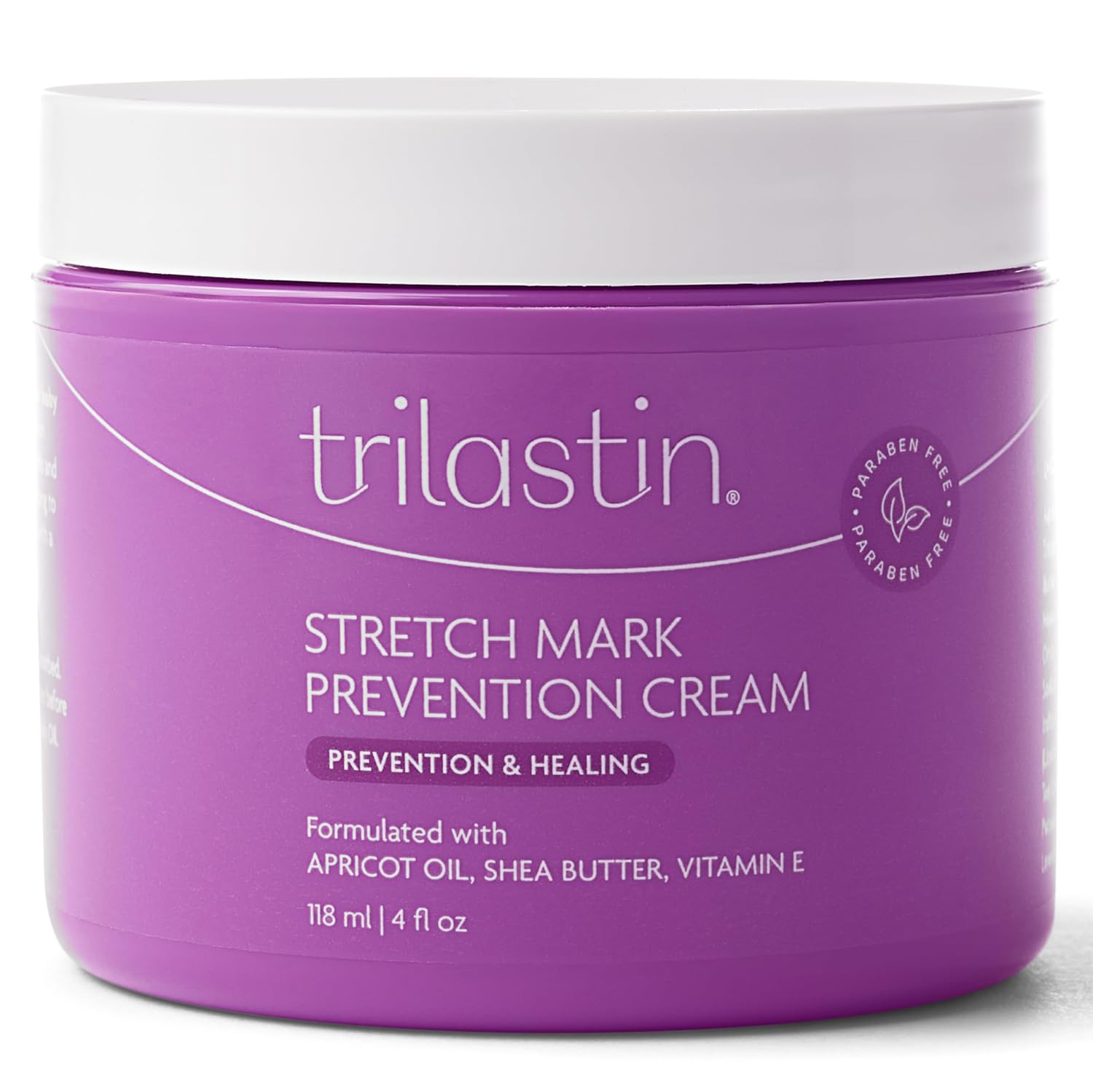
One of life’s most wonderful experiences is being a parent, but it also has its share of difficulties. The most difficult task for new parents is putting their infant to sleep. It can be difficult for both the infant and the parents to obtain the necessary rest when the baby is exhausted since they may become grumpy and agitated.
If we told you there was a way to put your baby to sleep in just 40 seconds, would you believe us? As a parent, you may have tried many methods to calm your baby to sleep. It’s true what you just read! This post will go over several tried-and-true techniques for quickly putting your infant to sleep. So, grab a cup and get ready to learn how to put the baby to sleep in 40 seconds!
Related: Difficulty Sleeping During Pregnancy? 11 Ways to Improve It
How Much Should Baby Sleep?
In general, newborns require between 14 and 17 hours of sleep every day. Your baby’s age and specific demands will determine how much sleep they require, though. The recommended amount of sleep for your infant at various developmental stages is broken down as follows:
Infants (0–3 months)
Infants require the greatest sleep, often 14–17 hours per day. They frequently wake up to eat and frequently sleep for little intervals of 2-4 hours.
Infants (4–11 months)
As newborns age, they tend to sleep more at night and less during the day. Most infants in this age group require 12 to 15 hours of sleep every day.
Toddlers (ages 1-2)
Toddlers require 11 to 14 hours of sleep each day, the most of which should be at night. They could still sleep during the day, but it won’t last as long as it did when they were little.
Preschoolers (ages 3-5)
Preschoolers require between 10 and 13 hours of sleep each day, with the majority of that time spent at night. Even if it’s not as vital as it was when they were younger, kids could still snooze during the day.
It’s critical to keep in mind that each infant is unique and that these are only basic recommendations. As newborns grow and develop, their sleep habits may fluctuate and some babies may require more sleep than others. Additionally, it’s crucial to keep an eye out for symptoms of your baby’s sleep deprivation, such as extreme fussiness, problems waking up, and difficulty sleeping or staying asleep.
Related: Best Sleeping Positions for Pregnant Women
How to Put the Baby to Sleep in 40 Seconds? Tips and Tricks
Let’s be real, every baby is a unique individual, so while some of these techniques may work like a charm in under a minute, others may take a little more time and patience. However, by implementing the following tips and tricks, you’ll increase your chances of soothing your baby to sleep in a jiffy. So, without further ado, let’s dive into the methods that’ll have your little one dozing off in no time!
Clear the Clutter
Keep the nursery as a place for dreams rather than a play area. Avoid stuffing the area around the crib with toys and other playthings. Conner Herman, a sleep expert and co-founder of the renowned newborn sleep consultancy Dream Team Baby, asserts that “objects that grab the attention of your little one might make them question if this is a space for play or for rest.” Such diversion might perplex your infant and disrupt their sleep cycle.
Get Close, but not too Close!
For at least the first six months of their life (and even up to a year), your infant should sleep in the same room as you, but never in the same bed, according to the American Academy of Pediatrics. Sudden Infant Death Syndrome (SIDS) dangers can be reduced and breastfeeding can be encouraged when your baby sleeps in the same room as you. A renowned sleep expert named James McKenna asserts that being near to one’s guardians is both advantageous and protective for infants. Their respiration, neurological system reactions, and body temperature are all controlled by this closeness. Sharing a room with your child can be a great way to strengthen your relationship, but make sure they have their own secure sleeping area at all times.
Chill Out, Little One!
For your infant to have a restful night’s sleep, it’s crucial to maintain a cool, constant temperature between 69 and 73 degrees Fahrenheit. Your infant may experience pain and restlessness if they are overdressed. Instead, choose to outfit them in layers that you may alter according to their demands for temperature. A comfortable sleep sack and the same quantity of clothing you are wearing (plus one layer), as advised by sleep expert Kulich, may do wonders for your baby’s comfort. To protect your child from unwelcome breezes and noise, keep the crib away from air conditioning or heating vents that might cause rapid temperature fluctuations. Your infant should have a calm and cozy resting room that is ideal for a restful night’s sleep.
Soothe those Sleepy Eyes

It’s important to establish an atmosphere that encourages peaceful sleep because your child might not yet recognize the difference between day and night. One of the most important ways to tell your kid it’s time for some Zs is to dim the lights. Draw the blinds and restrict any unwanted light sources in the room to help your infant sleep for longer stretches by reducing exposure to natural light. Due to the fact that newborns don’t need nightlights until they are about 18 months old, it also means saying goodbye to the nightlight. If your infant has to be fed at night, consider using a light with a dimmer control. Adjust the brightness gradually to give them just enough light to eat without disturbing their priceless sleep. Your child will quickly fall asleep if they are in a quiet, dark atmosphere.
The Tissue Trick
In the world of quick sleep tricks, the Tissue Trick has become quite the sensation. In 2015, Australian father and YouTuber Nathan Dailo shared a video that showcased his ability to get his 3-month-old son to sleep in a mere 40 seconds. The secret? A gentle stroke on the baby’s forehead with a tissue. This method provides a delicate pressure and motion that can help soothe and calm a baby.
Since then, the video has gained immense popularity, with nearly 14 million people viewing it and many parents trying the trick with impressive results. While there’s no scientific proof supporting this particular technique, studies have demonstrated that massaging infants under the age of six months can enhance their sleep quality, reduce crying, and decrease stress levels. Nevertheless, it’s crucial to remember that not all babies respond similarly to stimuli, and what works for one baby may not work for another.
Swaddling
Swaddling is an age-old practice in which the infant is wrapped in a blanket to help them feel safe and cozy. This method imitates the sensation of being in the womb, which can soothe the infant and cause sleep. How to swaddle a baby is as follows:
- A blanket should be spread out flat with one corner folded downward.
- Your infant should be placed on their back, head resting on the folded corner.
- The blanket’s left corner should be used to wrap your infant’s body, with the end tucked under their back.
- Wrap your baby’s body in the right corner of the blanket, tucking the end under their back.
White Noise
White noise is a type of noise that contains all frequencies at the same level, creating a consistent and soothing sound. It imitates the noises of the womb and may be especially helpful for infants used to the womb’s noise. To make white noise for your infant, you may use a fan, a hairdryer, or even a white noise machine. Many parents find that using white noise can be helpful in putting their babies to sleep. Here’s how you can use white noise to help your baby sleep:
- Choose a safe white noise device: There are many white noise devices on the market, including machines, apps, and even stuffed animals. Choose a device that is safe for your baby and has adjustable volume controls.
- Place the device at a safe distance: It’s important to place the white noise device at a safe distance from your baby’s ears. Experts recommend keeping the device at least 7 feet away from your baby’s crib.
- Play the white noise consistently: Play the white noise consistently every time your baby goes to sleep. This will create a routine and signal to your baby that it’s time to sleep.
- Adjust the volume: Make sure to adjust the volume to a level that is comfortable for your baby. It should be loud enough to block out other noises, but not so loud that it’s overwhelming.
- Use it for naps too: Using white noise during naps can also be helpful in establishing a routine and creating a calming environment for your baby.
The 4-7-8 Technique
The 4-7-8 Technique is a simple breathing exercise that can help both adults and babies relax and fall asleep faster. To use this technique on your baby, follow these steps:
- Hold your baby in a comfortable position, such as in your arms or in a rocking chair.
- Take a deep breath in through your nose for a count of 4.
- Hold your breath for a count of 7.
- Slowly exhale through your mouth for a count of 8.
- Repeat this cycle for a total of four breaths.
While doing this exercise, make sure to focus on your baby’s breathing as well. You can gently guide your baby’s breathing by placing your hand on their chest or stomach and breathing in sync with them.
It’s important to note that the 4-7-8 Technique should only be used on babies who are old enough to breathe normally on their own, usually around 4-6 months of age. For younger babies, you can use a modified version of the technique by simply focusing on your own breathing and holding your baby close to you in a calm and relaxed manner.
Massage
Massaging your baby can be a great way to soothe them to sleep. A gentle massage can help relax their muscles and calm their mind. Use gentle, circular motions and make sure to use a baby-safe oil. Here’s how to massage your baby:
- Lay your baby on their back on a flat surface.
- Use a baby-safe oil on your hands and rub them together to warm the oil.
- Start at your baby’s head and work your way down their body, using gentle, circular motions.
- Pay extra attention to their feet, as they have nerve endings that can be particularly soothing when massaged.
Rocking
Rocking can be a helpful way to soothe a fussy baby and help them fall asleep faster. Here’s how rocking can help your baby sleep:
- Replicates the womb: Rocking can mimic the gentle movements and sensations that babies experience while in the womb. This can create a calming effect and help your baby feel safe and secure.
- Helps to relax the baby: Rocking can help to lower a baby’s heart rate and calm their nervous system. This can help them relax and fall asleep faster.
- Establishes a routine: Consistently rocking your baby to sleep can establish a routine and signal to your baby that it’s time to sleep. This can make it easier for them to fall asleep on their own over time.
- Provides physical contact: Rocking your baby provides physical contact and can help your baby feel connected to you. This can be comforting and help your baby feel secure.
- Increases melatonin: Rocking can help to increase the production of melatonin, a hormone that regulates sleep. This can help your baby fall asleep faster and sleep more soundly.
When rocking your baby, it’s important to do so safely. Make sure to support your baby’s head and neck, and avoid any sudden movements or jostling. You can also use a rocking chair or glider to make the motion smoother and easier on your back.
Cuddle Up with Mom
The best way to get your child to sleep could just be to let them cuddle up close to mom. Some experts assert that infants are biologically predisposed to sleep next to their mother. Therefore, holding your baby close and allowing them to fall asleep in your arms may be the greatest method for assisting them in drifting off to sleep. The idea is to provide a warm, comforting environment that enables your little one to feel safe and comfortable while they drop off into a sound slumber, whether you’re breastfeeding, rocking in a chair, or wandering outside with baby in a carrier.
Map out a Strategy—and Stick to it!
Lack of a defined strategy for midnight awakenings is one of the major errors made by new parents. It’s crucial to decide how to handle these disruptions and who will be in charge with your spouse. It might be challenging to develop a reliable schedule that your infant can follow without a well-thought-out strategy. Set a precise start date on your calendar and resolve to be consistent in your approach to prevent this. Your kid will find it simpler to learn and adapt to their new sleep regimen if you keep to a plan.
Conclusion
Putting a baby to sleep can be a challenging task for parents, but it is possible to do it quickly and effectively. If you find that a particular method is not working for your baby, don’t give up hope, as every child is different. It is important to keep experimenting with different approaches until you find one that works for your baby. With practice and persistence, you can learn how to put the baby to sleep in 40 seconds or less. So keep trying and don’t lose hope, and may your baby have peaceful and restful dreams.
Frequently Asked Questions
How Long Should I Swaddle my Baby for?
You can swaddle your baby until they start to roll over, which usually happens around four to six months of age. At this point, it’s important to stop swaddling as it can be a safety hazard.
Is it Safe to use White Noise to put the Baby to Sleep?
Yes, it’s safe to use white noise to put your baby to sleep. However, it’s important to keep the volume low and make sure that the white noise machine or device is placed at a safe distance from your baby’s ears.
How Often Should I Massage my Baby?
You can massage your baby as often as you’d like, but once a day is usually sufficient.
What if None of these Techniques Work for my Baby?
Every baby is different, so it’s possible that none of these techniques will work for your baby. Don’t worry, it’s normal for babies to have trouble sleeping sometimes. Keep trying different techniques and eventually, you’ll find something that works for your baby.























